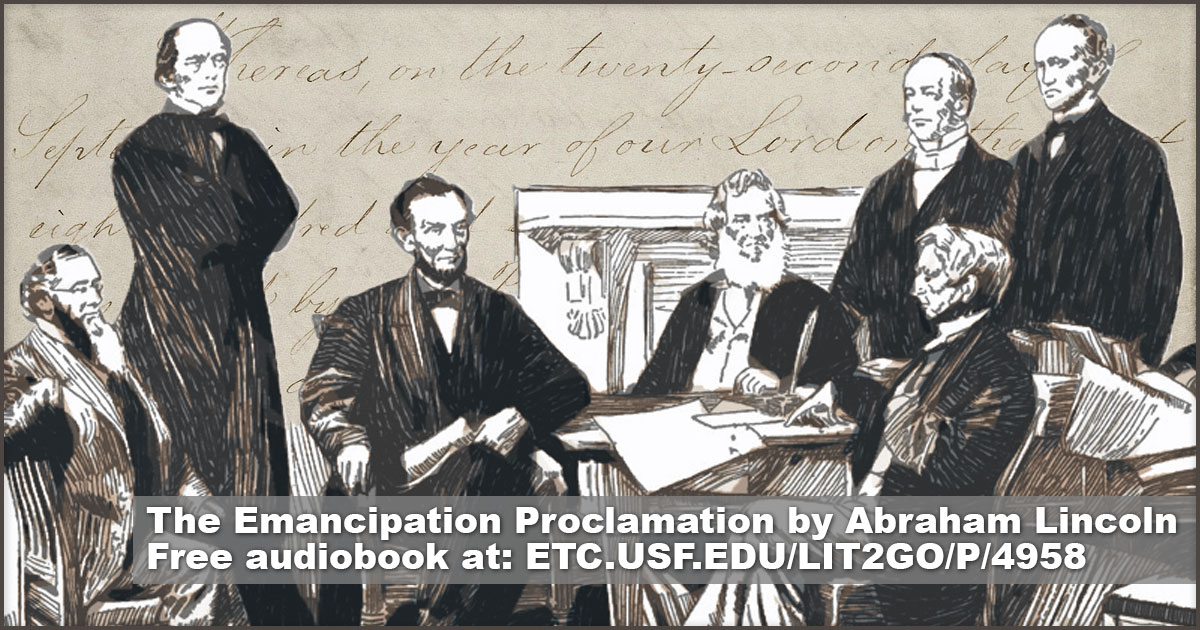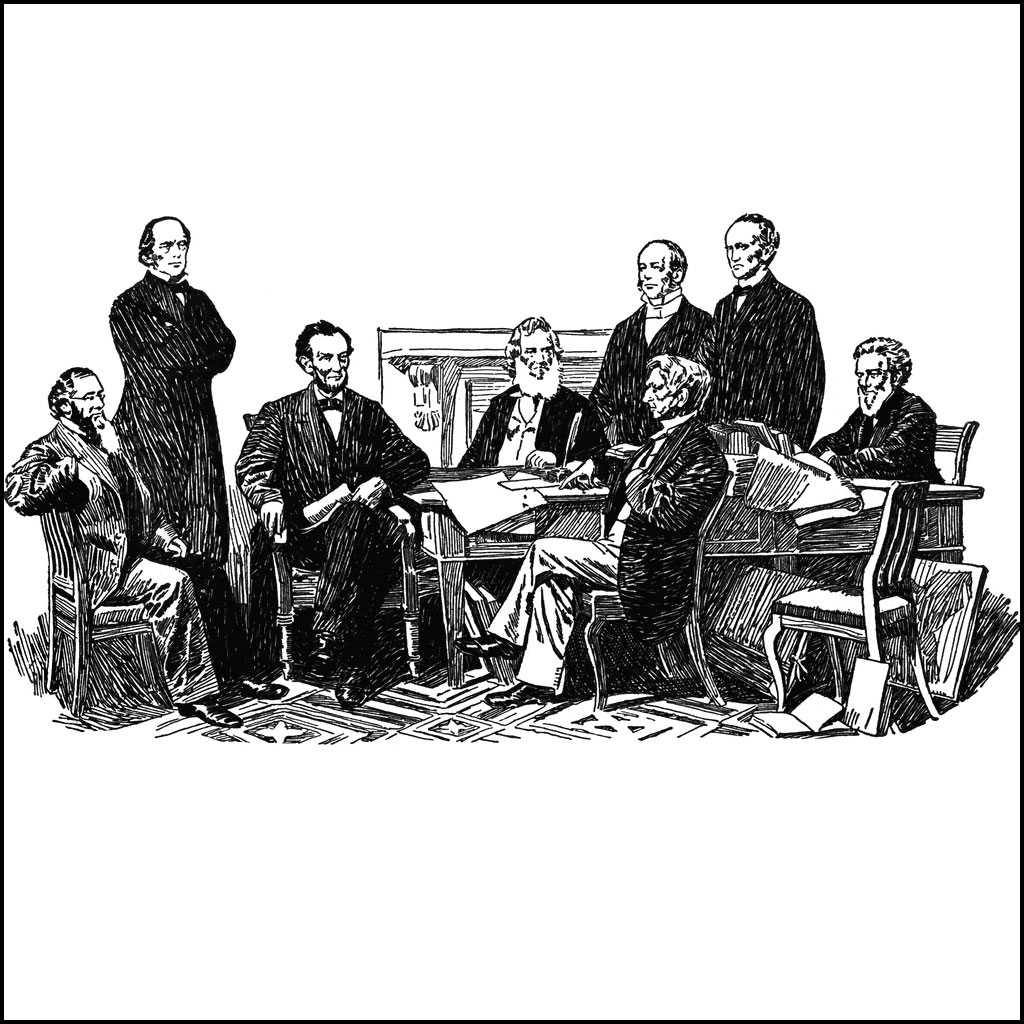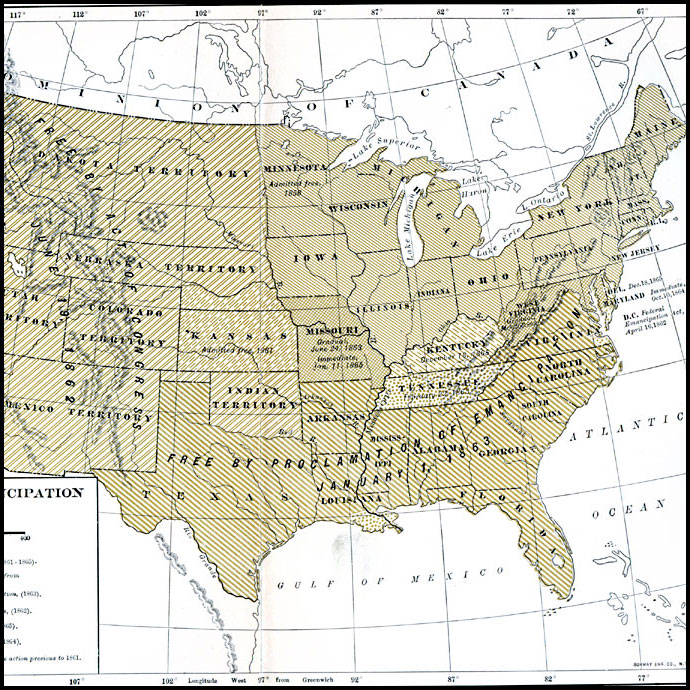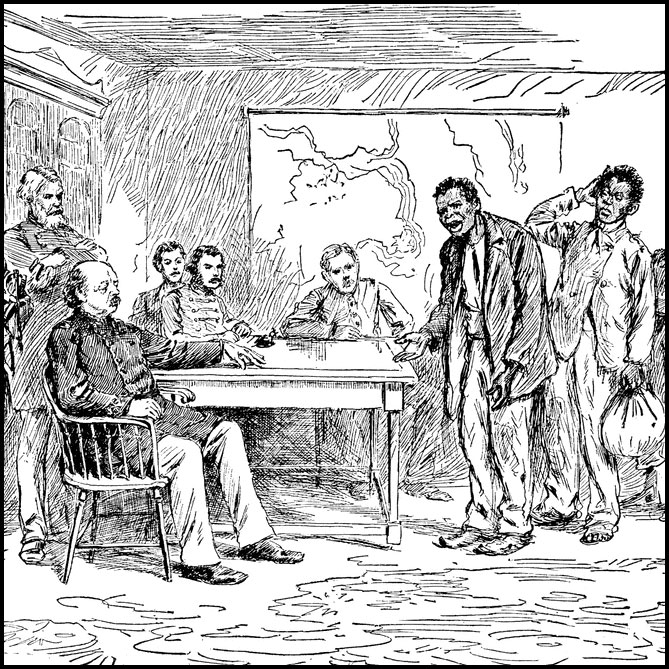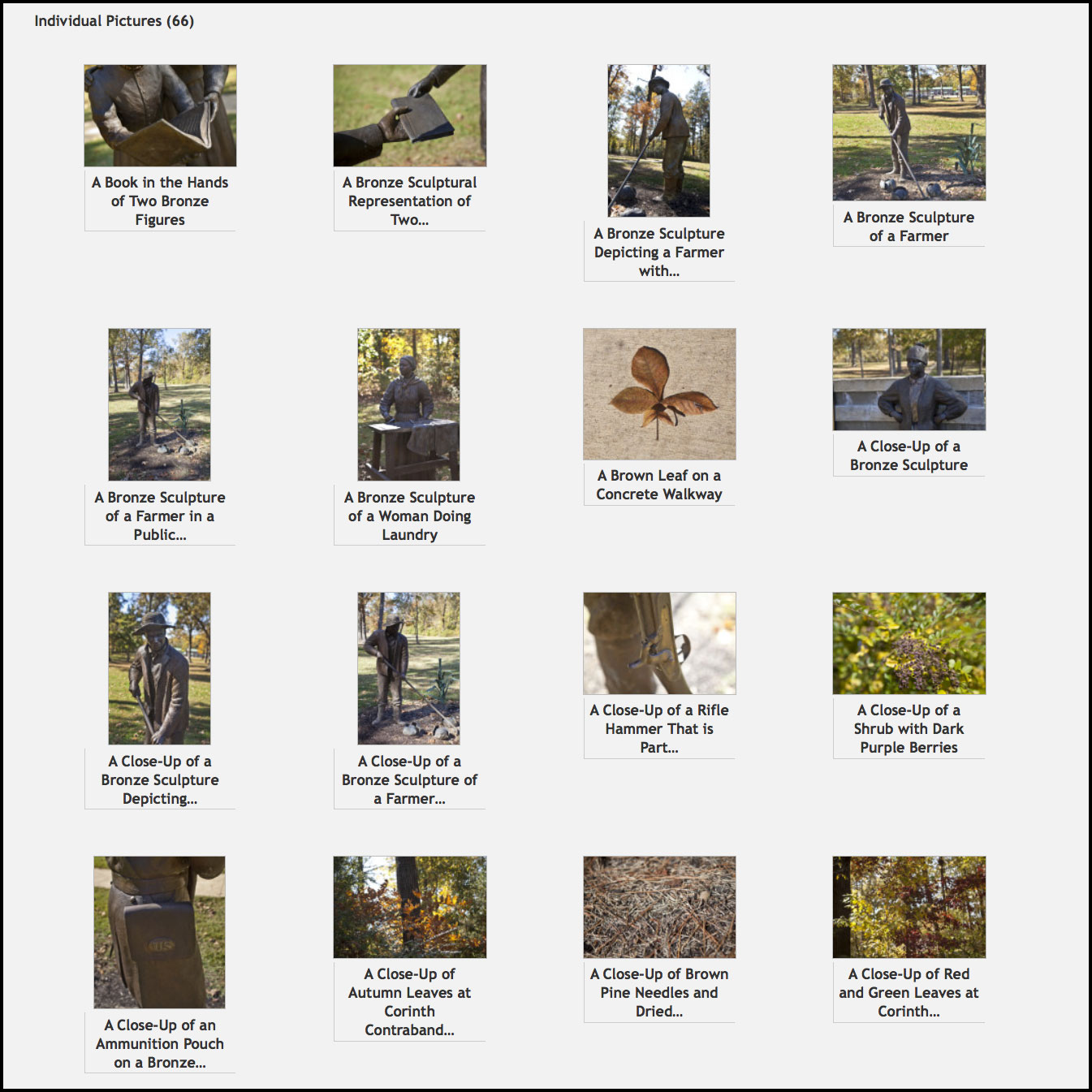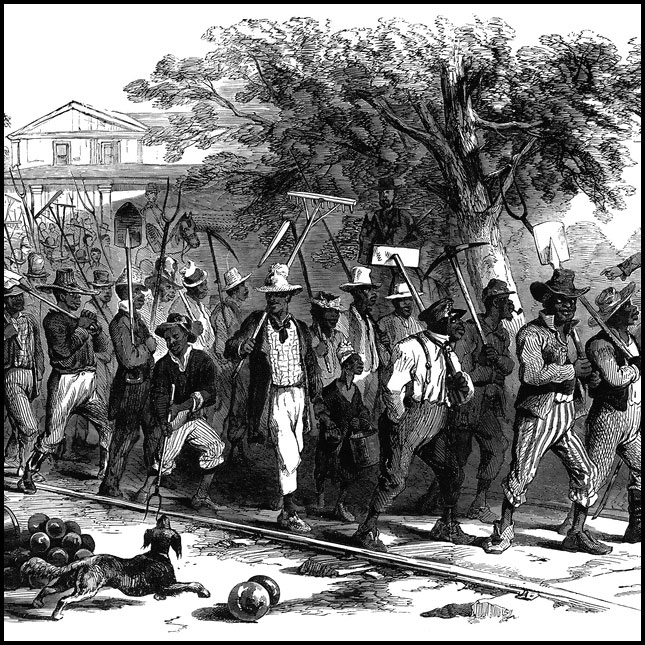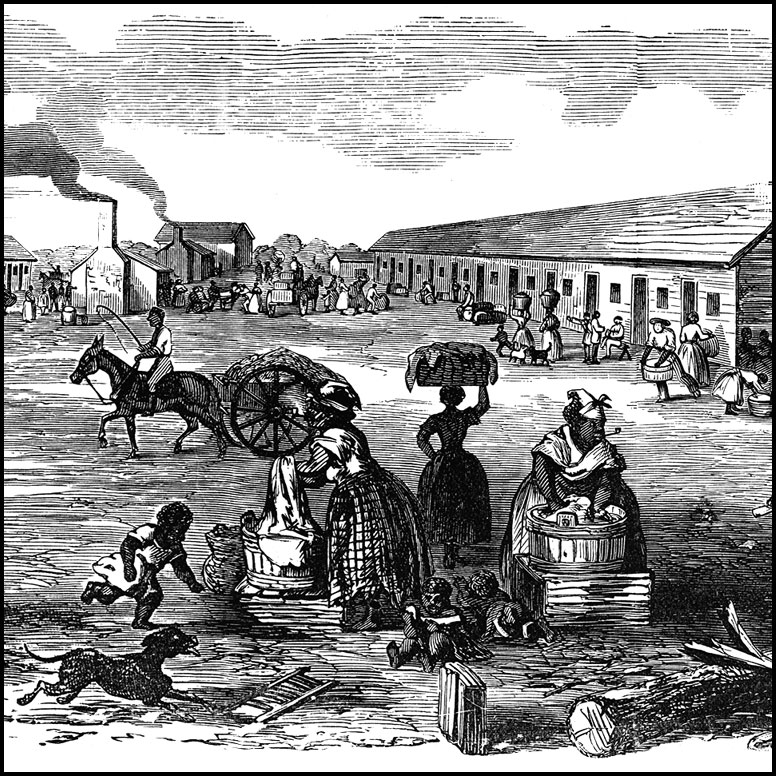September 22: The Emancipation Proclamation Warning
On this date in 1862, President Abraham Lincoln issued a warning that as of January 1, 1863 “all persons held as slaves within any State or designated part of a State the people whereof shall then be in rebellion against the United States shall be then, thenceforward, and forever free….” None of the states in rebellion on September 22 returned to the Union, so the proclamation was issued and took effect on January 1, 1863.
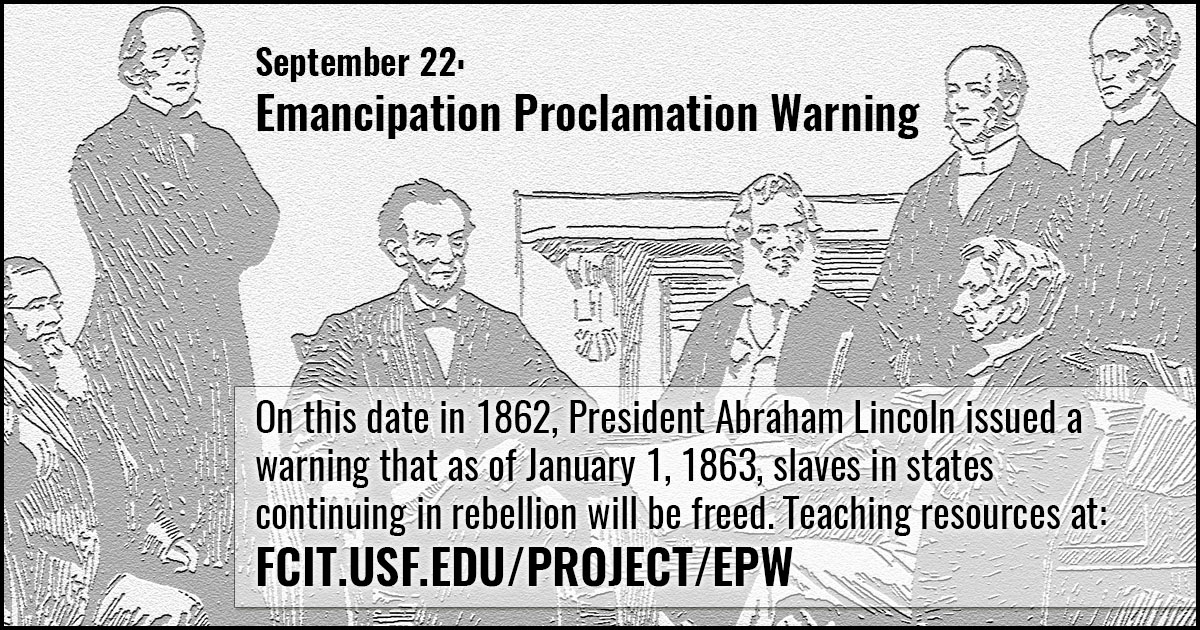
September 22: Emancipation Proclamation Warning
Share this banner on social media to commemorate the anniversary of Abraham Lincoln’s promise to emancipate slaves in all states that were still in rebellion on January 1, 1863.
Listen to the Emancipation Proclamation on Lit2Go
FCIT’s audio recording of the Emancipation Proclamation from the Lit2Go website. Duration: 5 minutes, 9 seconds.
Emancipation Proclamation PDF
Read a PDF of the Emancipation Proclamation by President Abraham Lincoln.
Cabinet Meeting
Lincoln reads his draft of the Emancipation Proclamation to his cabinet. Illustration from the ClipArt ETC website.
Abraham Lincoln Portrait
Portrait of President Lincoln from the ClipArt ETC website.
Map of the Progress of Emancipation, 1850–1865
A map of the United States showing the progress of emancipation between 1850 and 1865 from the Maps ETC website.
Oration in Memory of Lincoln by Frederick Douglass
FCIT’s audio recording of the Oration in Memory of Abraham Lincoln describes the circumstances of the Emancipation Proclamation. Also available as a PDF. From the Lit2Go website. Duration: 26 minutes, 23 seconds.
General Benjamin Franklin Butler
General Butler decides that escaped slaves can be considered contraband of war. Illustration from the ClipArt ETC website.
Corinth Contraband Camp
Enslaved people who escaped and were able to cross Union lines were considered contraband of war. Over 100 contraband camps were established by Union forces across the South. Former slaves learned to read and write in these camps. From the ClipPix ETC website.
Contraband Workers
Former enslaved persons in contraband camps also worked for the Union cause and received pay for the first time. Illustration from the ClipArt ETC website.
Contraband Community at Hilton Head
Contraband housing at Hilton Head, S.C. Illustration from the ClipArt ETC website.

